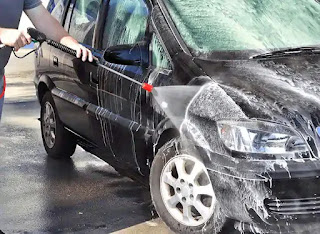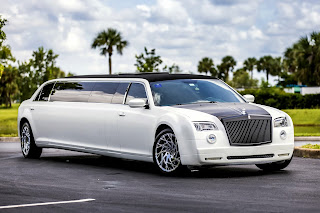6 FACTORS DETERMINING MODERN CARWASH'S QUALITY
Chemicals, systems, water quality, procedures, temperature, and time are the six aspects that need to be correctly audited, changed, and matched to provide optimal wash quality in order to consistently produce a cleaner, dryer, and shinier automobile with a spectacular show. Each of these six components is interconnected, so when one or more are not performing at their peak, issues multiply, and wash quality rapidly declines. To achieve consistency in wash quality, these components also require routine monitoring and maintenance.
Car Wash
The professional car wash of today is extremely advanced, automated, and robotic facilities. Similar to a race car that needs continual upkeep as the machinery is pressured and the odometer accumulates kilometers, modern carwashes need to be highly tuned machines. However, site managers can be electronically alerted when any of these components step outside of an acceptable parameter and make the appropriate modifications with the use of technology and a qualified technician.
Important Factors
Before a serious problem manifests, the majority of these elements have a tolerance level. However, once one of these components exceeds an acceptable tolerance level, that component and any associated ones must be identified and optimized. The following are some important factors to take into account when enhancing wash quality at your operation.
Chemicals
Chemical action necessary, distribution methods, environmental factors, and water quality all factor into chemical programming (clean, dry, shine, or show). Chemical reactions will depend on the kind of car cleaning Kingston agents and their concentration levels.
Chemicals can be divided into two basic groups, acids, and alkalis, according to the pH scale. Products with a high pH are better at attacking organics. For pollutants with a mineral or oil base, low pH products are preferable.
To alter the surface tension of the vehicle from beginning to end, chemical applications must be implemented in a specific order. Throughout the cleaning stage of the wash, the surface tension should be kept high, and during the shine and dry stages, it should be kept at the lowest level.
Systems
To work at their best, mechanical, plumbing, and electrical systems must be properly sized, placed, and programmed.
The length of the run distance must be taken into consideration while sizing the water/chemical supply lines from the dispensing system to arches, applicators, wraps, and mitters. For all delivery systems, proper backpressure is essential.
Touchless wash systems use water pressure impingement and volume while friction-based systems use cloth, brushes, and bristles to wash the vehicle.
Water Quality
In general, the chemical activity of the vehicle is better than the water quality.
Hard water will make mineral deposits and make cleaning less effective. Reverse osmosis (RO) and soft water are better for shining and drying, whereas reclaim and reject water are best for high-pressure rinsing.
More product is required to achieve the same level of cleaning as the water hardness increases since the chemicals are less effective with more solids in the water.
Procedures
The right chemical applications, chain speed order, and bay/tunnel configuration (order and distance of arches, wraps, mitters, rinsing, blowers), are essential to the final steam cleaning quality.
In order to maximize coverage, chemical application and blower nozzle configuration must be designed and placed correctly, and blower vibration (clogged intake) must be continuously watched over and maintained for peak performance.
To achieve consistent wash quality, chemical dispenser back pressure (which indicates a clog or a leak) and air pressure must be watched over and kept in good condition.
For the dry products to function effectively, the vehicle must first be thoroughly rinsed of all detergents.
Temperature
The viscosity of the substances decreases with increasing temperature and vice versa.
More chemistry is needed to accomplish a task as viscosity increases, and vice versa as viscosity lowers, which may necessitate a tip replacement during significant temperature changes.
Some bays and tunnels require heating, roll-up doors, or heated water to enhance chemical action.
Time
Chemical dwell duration, temperature, and mechanical action need to be properly balanced throughout time.
In order to balance throughput and chemical performance, chain speed must be changed (clean, shine, dry and show).
The cleaning power rises with dwell duration (up to a point of diminishing returns).
Conclusion
It's a frequent misperception that there are several factors involved in obtaining optimal wash quality. But it's always a mix of different factors. The best approach to prevent inconsistent quality is to have core equipment constantly monitored and maintained on a regular basis by an experienced technician, who can be expensive and hard to come by. The greatest method to decrease labor and receive immediate notifications of any difficulties is to use monitoring technologies. Reduced downtime, consistent car wash Kingston Ontario quality, and a longer equipment life are the main advantages of optimizing your tunnel or bay through monitoring technology, and an experienced technician with experience in tunnel operations may assist the operator in achieving these goals.




Comments
Post a Comment